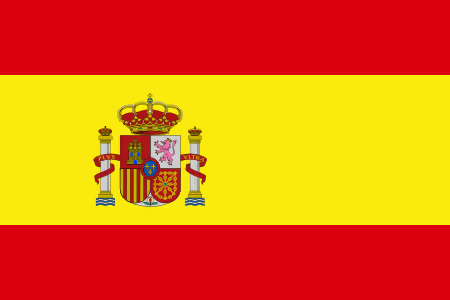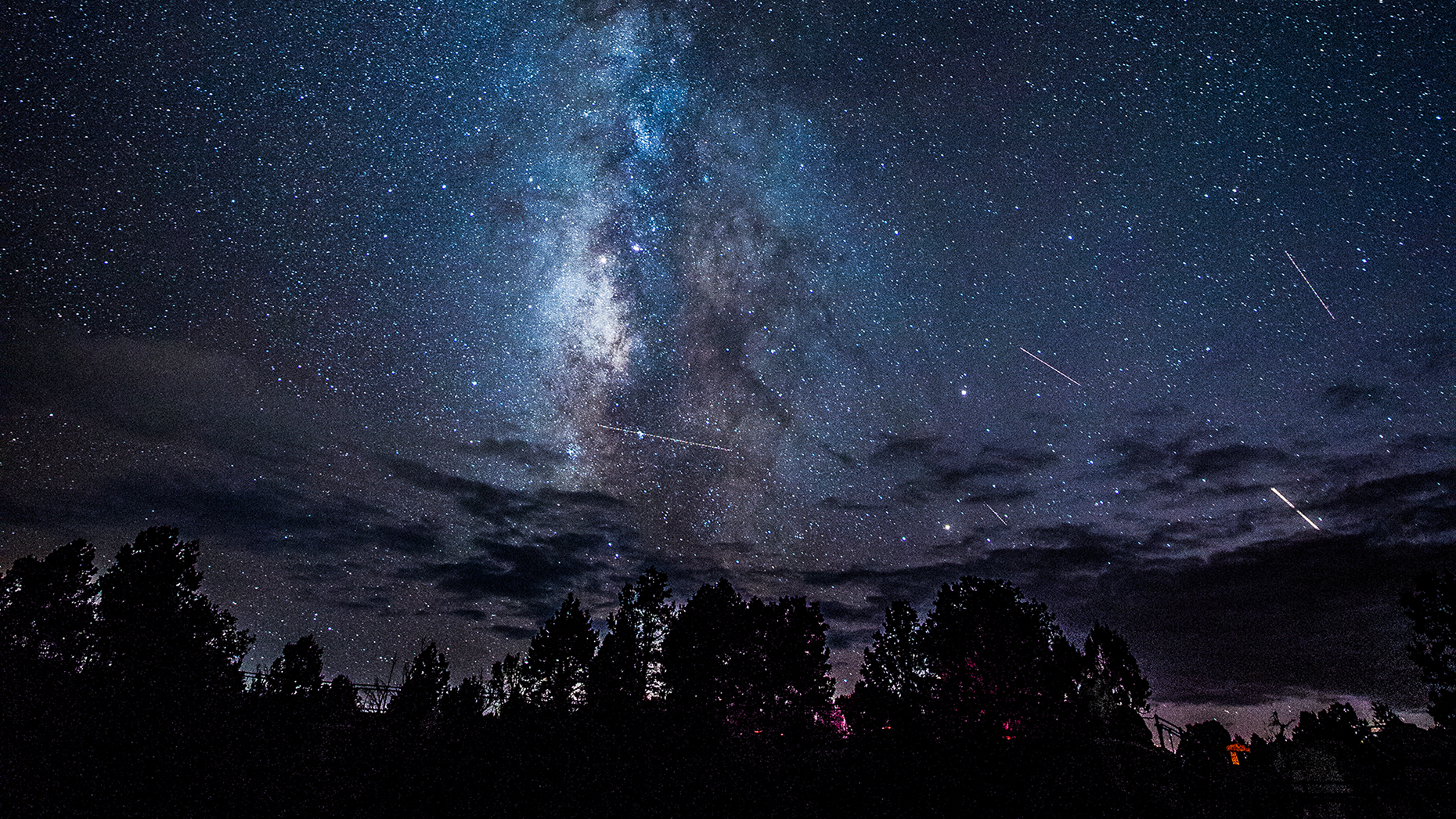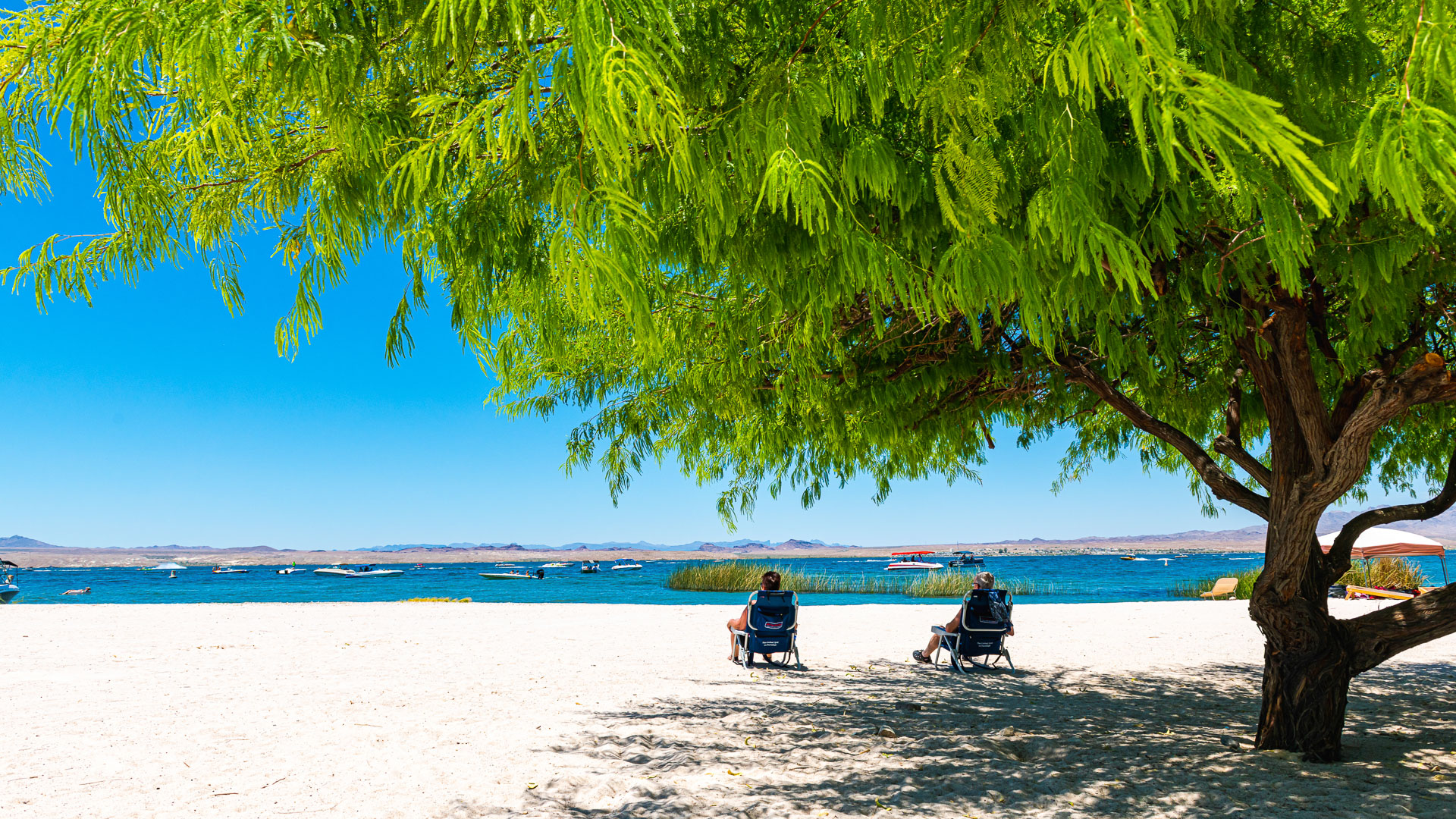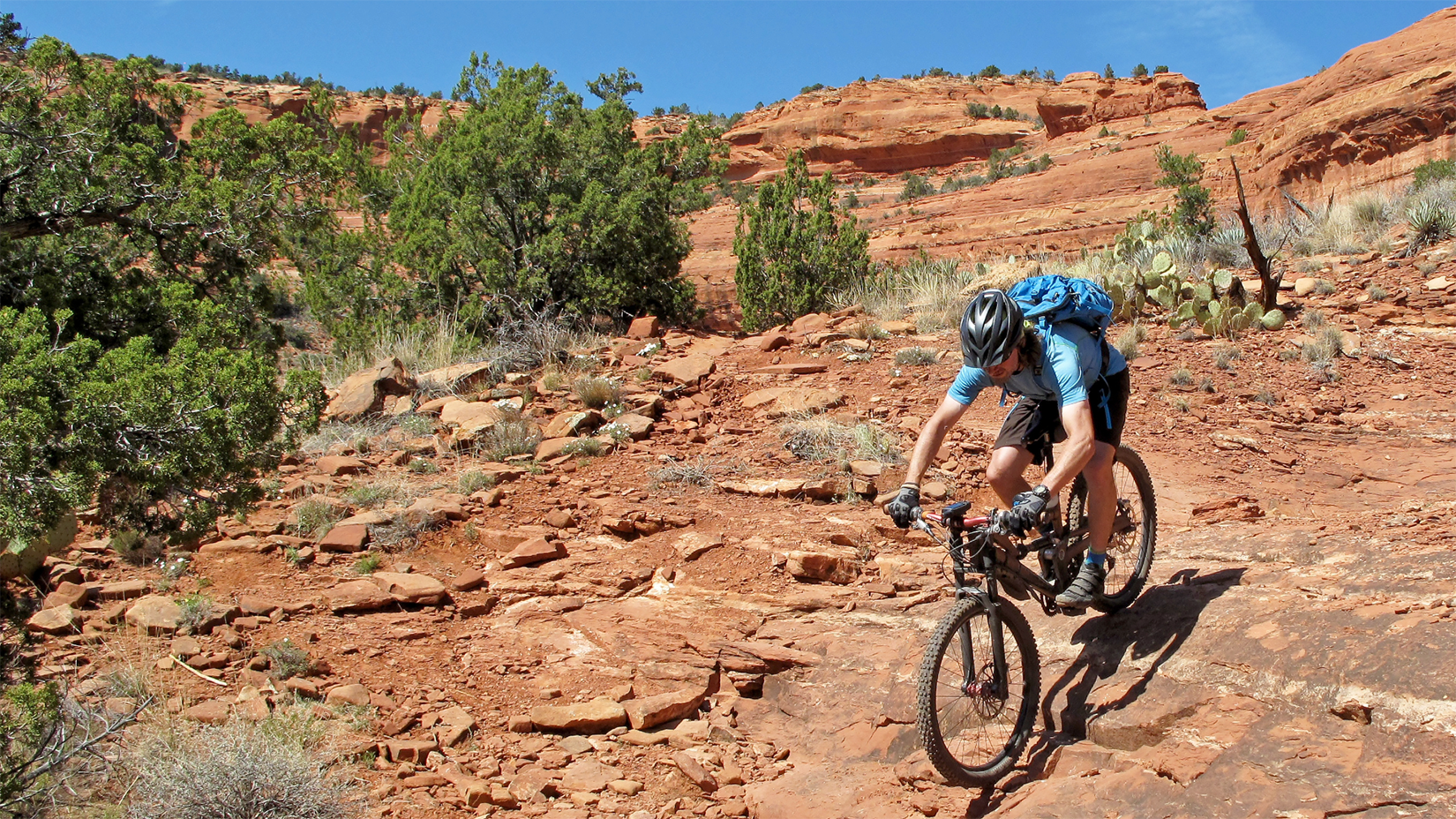It's safe to say that a century ago when Grand Canyon officially became a national park, few of its visitors came to see the stars. In that first year of the park's existence — and for decades to come — most Americans and visitors from around the world left homes where the night sky still shone in all its wonder.
But most of us now live in cities and towns where the wonder of the night sky is greatly diminished due to light pollution. More than two-thirds of Americans can no longer see the Milky Way from their homes. In any city of any size, you're lucky to see a couple dozen stars.
Things are different at Grand Canyon National Park. Here, the age-old experience of looking heavenward and coming face-to-face with the universe is still available to every visitor. And, in truth, a trip to this grandest of parks is not complete without witnessing the canyon on a moonlit or star-strewn night.
Thanks to the National Park Service's commitment to treating darkness as a "resource to be preserved for future generations," America's national parks are becoming places where visitors can see what they're missing at home. Pay attention to the lamps you see at the Grand Canyon — they are shielded in a way that directs light downward rather than into the sky or your eyes. This helps preserve your night vision so when you come to the park, you can experience a true night sky — one filled with thousands of visible stars and the gathered light of billions more.
It wasn't always like this. Workers began retrofitting more than 1,500 lights at Grand Canyon back in 2016 with the goal of becoming a Dark Sky Park, a designation awarded by the International Dark-Sky Association. The park achieved that goal in June 2019, after receiving provisional status in 2016.
Floating among stars
When I came to the Grand Canyon to research my book, "The End of Night," I stayed on the North Rim. When the day wound down, I joined most of the other visitors in watching the warm colors of a sunset move across the canyon walls. After that color show was over, rather than head to my tent, I stayed outside. I wandered down an empty trail, climbed onto a rock, and lay on my back.
As the last rose-amber light drained from the western horizon, Earth's great curving shadow moved from the east across the sky trailing a glittering train of stars. The longer I lay there in the dark, the more I saw — stars rising from one horizon, falling off the edge of the Earth in the other, the sky above filling with their light. Gazing down into the canyon, then up into the sky, I began to feel as though I lay on a raft in the calmest of seas, floating between two worlds, endless depths below and above.
Humans have surely known this feeling for as long as they've known the canyon. Philosophy, religion, science, art — all have been inspired by such an experience. Looking into the canyon, seeing its layers, you can't help but reflect on the passage of time — so much time it scrambles the mind. Much has come before us, so many people we'll never know.
Similarly, looking into the vast expanse of stars you can feel small — there's no way to grasp the size of what you see. And I think some of this is good for us. We live in a world where we're often tempted to think we know it all, where we might see ourselves as larger and more important than we actually are.
There's an opportunity, amid the beauty of Earth carved by time and beneath the stars' ancient light, to see ourselves anew. To understand that we live still in an awe-inspiring world. That, in both daylight and in the dark, this planet offers views to take your breath and alter your perspective.
Come to the Grand Canyon, stick around after the sun goes down, and you will see what I mean.
The best places to stargaze at the Grand Canyon
Two of the best spots to view the night sky from the South Rim are Moran Point and Lipan Point, both right off of Desert View Drive. Another good spot is simply to park at the visitor center and walk out to Mather Point.
If you're interested in astrophotography (or simply meeting folks who are), head out to Desert View Watchtower, where capturing an image of the Watchtower with a Milky Way backdrop has become extremely popular. If your visit coincides with a full moon, be sure to join a ranger-led hike along the rim. Other nights, ranger-led constellation talks offer a tour of the night sky.
And, if you find yourself on the canyon's North Rim, where only 10% of all Grand Canyon visitors go, take advantage of the solitude by walking the paved trail to Bright Angel Point for a private meeting with the stars.
Header image credit: Eric Menasco.


Paul Bogard
Paul Bogard is the author of "The End of Night: Searching for Natural Darkness in an Age of Artificial Light," a book the Boston Globe called "part elegy, part call-to-arms … an essential addition to the literature of nature." He is also editor of "Let There Be Night: Testimony on Behalf of the Dark," a collection of essays on the value of darkness. His articles and essays have appeared in The New York Times, Los Angeles Times, Outside, Audubon, Slate, Salon and National Geographic. Read his work at paul-bogard.com.














